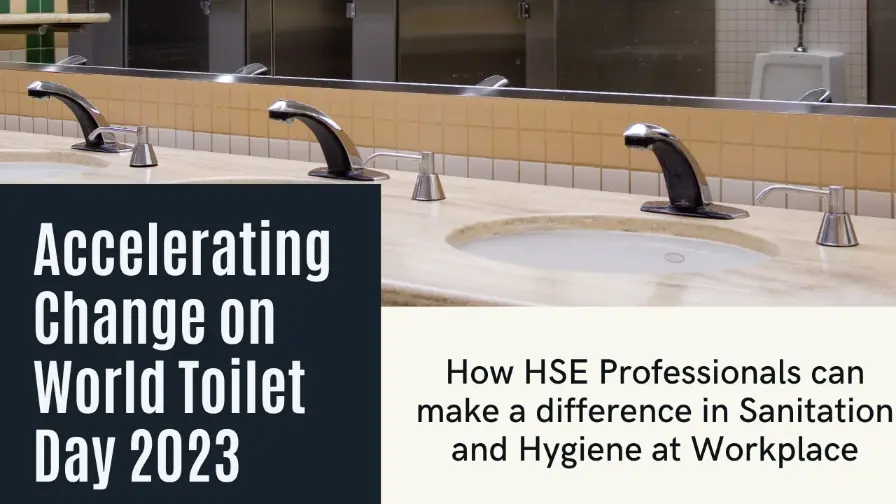Discover the essential Life Saving Rules, also known as Life Critical Rules and Golden Safety Rules, to ensure a safer workplace. Learn their importance, purpose, and how they differ across industries. Get tips on drafting effective Life Saving Rules for your organization.
1. Life Saving Rules Explained: Essential Life Critical Guidelines for Every Workplace:
In our ongoing series about Safety Rules, we’ve covered the basics and the importance of general safety guidelines. Today, let’s dive deeper into a more specific and critical category: Life Saving Rules or Safety Golden Rules.
These rules are designed to prevent severe injuries and fatalities, making them vital for any workplace, especially those with high-risk environments.
2. What Are Life Saving Rules?
Life Saving Rules are a set of specific safety guidelines that address the most hazardous activities within a workplace. They focus on high-risk tasks and scenarios where non-compliance could result in serious injury or death.
Think of them as the non-negotiable commandments of safety that everyone must follow to stay safe.
3. Why Are Life Saving Rules Important?
Imagine navigating a ship through a stormy sea without a compass—life-saving rules are that compass.They’re designed to address the most critical hazards, the ones that could have catastrophic consequences if ignored.
We’re talking about things like falls from heights, exposure to hazardous energy, or working in confined spaces. These rules aren’t just about preventing minor injuries; they’re about saving lives.
They’re the non-negotiables, the rules that, if broken, could lead to serious injury, disability, or even fatality.
4. The Purpose of Life Saving Rules in the Workplace
The primary purpose of Life Saving Rules is to create a safe working environment. These rules ensure that high-risk activities are conducted with utmost caution and care. They serve several key purposes:
4.1 Risk Mitigation or Reduce the Risk of Serious Accidents and Fatalities::
This is the most obvious and important benefit. Life Saving Rules are designed to prevent the most severe types of incidents. By focusing on the most dangerous tasks, Life Saving Rules help mitigate the risk of severe injuries.
4.2 Clear Guidance:
They provide clear and concise instructions, making it easy for employees to understand and follow.
4.3 Improve safety culture:
When employees see that the company is serious about safety, it fosters a culture where safety is everyone’s responsibility.
4.4 Reduce costs:
Fewer accidents mean lower insurance premiums, less downtime, and increased productivity.
4.5 Protect the company’s reputation:
A strong safety record is good for business. It can attract customers, investors, and top talent.
6. Other Terms or Synonyms for Life Saving Rules
Life Saving Rules are known by various terms across different industries and organizations. Some common synonyms include:
- Life Critical Rules
- Golden Safety Rules or Golden Rules of Safety or Safety Golden Rules
- Fatality Prevention Rules
- Cardinal Rules
- Critical Safety Rules
Regardless of the terminology, the essence remains the same—these rules are designed to save lives by preventing serious incidents.
7. Are There Different Life Saving Rules in Different Workplaces?
Absolutely! Different industries and workplaces have unique hazards & risks, so the Life Saving Rules need to be tailored to those specific risks.
For example, the Life Saving Rules for a construction site will be different from those for an oil rig. A construction worker might need to follow rules about working at heights and excavation safety, while an oil rig worker might need to focus on process safety and hazardous materials.
While the core principle of preventing severe injuries remains the same, the specifics of Life Saving Rules vary to address the unique hazards of each industry.
8. Drafting Life Saving Rules: Tips for HSE Professionals
If you’re an HSE professional looking to draft Life Saving Rules for your workplace, here are some guidelines to help you get started:
8.1 Conduct a Risk Assessment and Identify the Critical Hazards:
Identify the most hazardous activities and scenarios in your workplace. Focus on tasks that have the potential to cause severe injuries or fatalities.
8.2 Involve Employees:
Engage with employees at all levels to understand their perspectives and gather insights. This collaborative approach ensures that the rules are practical and comprehensive.
8.3 Keep it Simple:
Life Saving Rules should be straightforward and easy to understand. Avoid jargon and ensure that the instructions are clear and actionable.
8.4 Prioritize High-Risk Activities:
Focus on the activities that pose the highest risk. For example, working at heights, operating heavy machinery, or handling hazardous materials.
8.5 Focus on behaviors:
Life Saving Rules should focus on specific actions that workers can take to avoid hazards.
8.6 Communicate Effectively:
Once the rules are drafted, communicate them effectively to all employees. Use multiple channels such as training sessions, posters and digital platforms to ensure widespread awareness.
8.7 Enforce Strict Compliance and Consistently:
The most effective Life Saving Rules are those that are consistently enforced. This means holding everyone accountable, from workers to supervisors to leadership & management team.
8.8 Review and Update Regularly:
Safety is an evolving field. Regularly review and update your Life Saving Rules to address new risks and incorporate feedback from employees.
9. Conclusion:
Life Saving Rules are more than just guidelines—they are essential for creating a safe and secure workplace. By understanding and implementing these rules, we can significantly reduce the risk of severe injuries and fatalities.
Whether you’re an HSE professional or someone interested in workplace safety, this guide provides valuable insights into the importance and implementation of Life Saving Rules.
Stay tuned for our next blog post, where we’ll explore specific Life Saving Rules in different industries, from construction to manufacturing, and more.
Remember, safety isn’t just about following rules; it’s about making a commitment to protect ourselves and those around us. Let’s embrace these Life Saving Rules and work together to create a safer workplace for everyone.
Join me on Facebook, Linkedin, Youtube, WhatsApp & Telegram for the latest updates.
Click the link to read more topics on General Safety






